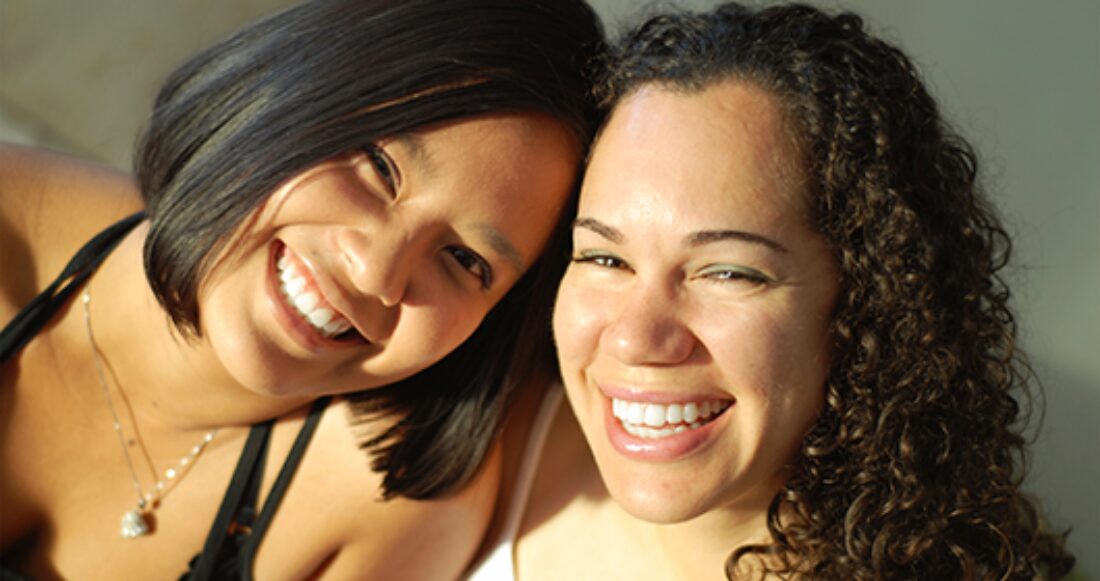Brain Frames: Short Tools for Positive Interactions With Youth in Foster Care

The Casey Foundation has developed a new resource series, Brain Frames, to help those who influence the lives of youth in foster care — including child welfare practitioners, parents, the legal community, teachers, mentors and other caring adults — use the findings of adolescent brain science to promote healthy outlooks and behaviors through their interactions with young people.
Stemming from the Jim Casey Youth Opportunities Initiative’s comprehensive report The Road to Adulthood, Brain Frames consist of five printable handouts that take a deeper look at the recommendations from the report, with quick bullet points, fact boxes and sample conversations that are easy to use.
These recommendations, organized according to the Initiative’s focus areas and with an emphasis on racial and ethnic equity and inclusion, include the following:
- Cultivate permanent families for young people. (Brain Frame: Keeping the Family Conversation Alive)
- Help young people understand their experiences, especially through the lenses of racism and trauma, and develop effective strategies for healing and growth. (Brain Frame: Healing Comes First)
- Promote college and career pathways. (Brain Frame: Successful Connections to School and Work)
- Ensure adequate and safe housing for youth while also encouraging their personal choices. (Brain Frame: Promoting Safe and Stable Housing for Young People)
- Support young parents’ progress toward self-sufficiency and healthy lifestyles and relationships. (Brain Frame: Supporting Young Parents)
“Prevailing wisdom used to be that all the major strides in brain growth took place in early childhood — that by the time adolescence came along, neural connections had already been determined. Particularly for kids in foster care, this belief could close off a lot of opportunities,” says Sandra Gasca-Gonzalez, director of the Foundation’s Jim Casey Youth Opportunities Initiative. “Knowing the science behind brain development reopens those doors and allows us to make sure that every interaction we have with a young person fuels the brain’s incredible capacity for growth during this period. There is so much more we can do to support young people.”
Each Brain Frame can be downloaded and printed as a two-sided 11x17-inch placemat for use in trainings or for quick reference.






